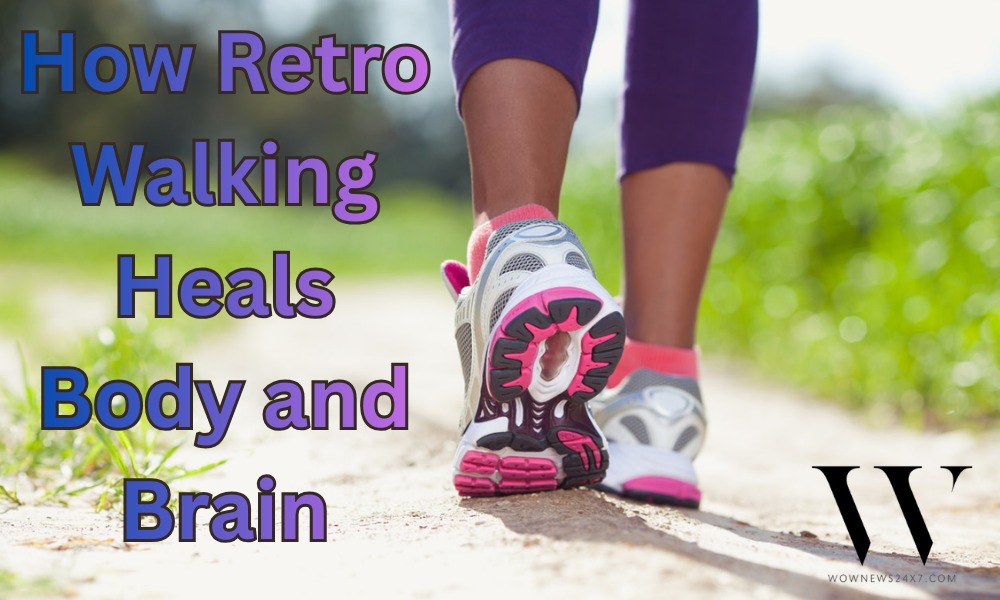Backward walking, a simple yet often overlooked movement, delivers extensive physical and cognitive benefits. From enhancing balance and strengthening muscles to boosting cardiovascular health and sharpening brain function, this accessible exercise promotes improved coordination, injury rehabilitation, and mental acuity, making it a holistic fitness tool for all age groups.
Backward walking—also called retro walking—is gaining traction as a valuable exercise modality for both body and mind. This unconventional form of walking reverses the usual mechanics, activating muscles differently and engaging the brain’s motor coordination systems. Health and fitness experts now champion backward walking for its diverse benefits, ranging from injury recovery to cognitive enhancement and overall wellness.
Key Physical Benefits
Selective Muscle Activation: Walking backward shifts emphasis to the calves, quadriceps, glutes, and other leg muscles less targeted during forward walking. This promotes balanced strength and can improve muscular endurance and joint stability.
Improved Balance and Coordination: Navigating backward naturally challenges the body’s proprioception and spatial awareness systems. This can reduce the risk of falls, particularly in older adults or individuals recovering from neurological impairments.
Enhanced Cardiovascular Fitness: At equivalent speeds, backward walking elevates heart rate more than forward walking, offering an intensified aerobic workout that supports cardiovascular health and caloric burn.
Joint-Friendly Movement: The retro gait reduces compressive stress on the knees and ankles, making it suitable for people with arthritis or knee injuries. Physical therapists often include it in ACL rehabilitation protocols to rebuild strength without aggravating the joint.
Cognitive and Neurological Benefits
Mental Engagement and Neuroplasticity: Because backward walking is a novel motor challenge, it demands heightened concentration, working memory, and motor planning—activities linked to improved brain plasticity and function.
Stimulates Brain Regions: Research indicates backward walking activates brain areas involved in decision-making, sensory integration, and motor control more robustly than forward walking, potentially benefiting those with cognitive decline.
Stress Reduction: The focused attention during backward walking can induce a meditative state, reducing stress and promoting mindfulness.
Practical Insights
Beginner Tips: Starting backward walking on flat, even surfaces is crucial to ensure safety. Walking aids or wall support can help those new to this form of exercise. Gradual duration increases build endurance and confidence.
Versatile Integration: It can serve as a warm-up, cool-down, or standalone exercise incorporated into walking routines, physical therapy, or balance training programs.
Accessibility: No special equipment needed—just supportive footwear and a safe environment.
In sum, backward walking enhances physical health by engaging muscles uniquely and improving cardiovascular function, while also sharpening mental faculties through coordination and focused attention. It offers a comprehensive, low-impact fitness strategy adaptable to all ages and fitness levels.
References: Harvard Health Publishing, Journal of Aging and Physical Activity, European Journal of Applied Physiology, Physical Therapy Journal, Frontiers in Human Neuroscience
